Figures & data
Figure 1. Location of study sites in southeastern Alaska: (1) Baker Island (this record); (2) Pass Lake, Prince of Wales Island (Ager and Rosenbaum Citation2009); (3) Mitkof Island (Ager et al. Citation2010); (4) Pleasant Island (Hansen and Engstrom Citation1996); (5) Lily Lake, Chilkat Peninsula (Cwynar Citation1990); (6) Haida Gwaii (Queen Charlotte Islands; Mathewes, Heusser, and Patterson Citation1993); (7) Haida Gwaii (Lacourse, Mathewes, and Fedje Citation2005); (8) Hummingbird Lake, Baranof Island (Ager Citation2019); (9) El Capitan Cave, Prince of Wales Island (Wilcox, Dorale, et al. Citation2019)
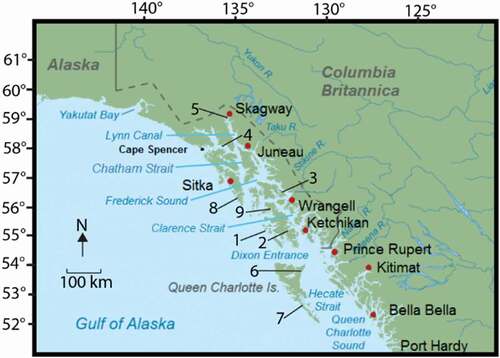
Figure 2. Bathymetry of Bonsai Lake with core site locations BBL4 and BBL6. Detailed analysis was only performed on BBL4
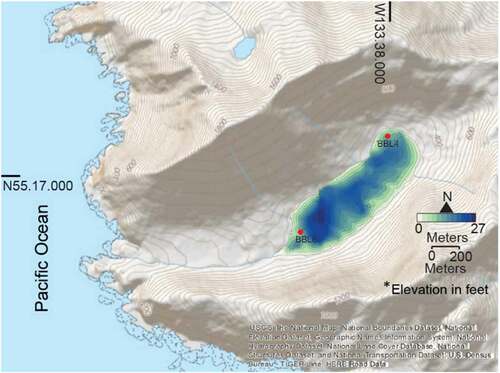
Figure 3. Sediment cores BBL4 and BBL6 from Baker Island showing lithologic changes and radiocarbon sampling sites
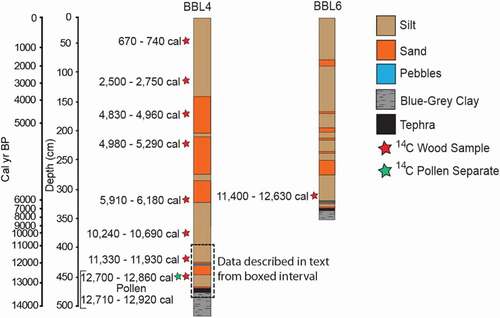
Table 1. List of radiocarbon dates on Baker Island
Figure 4. (A) Age–depth model fit in the Clam package in R (Blaauw Citation2010), based on simple linear interpolation between calibrated ages and extrapolated to a depth of 475 cm. The YD unit (Rasmussen et al. Citation2006) is highlighted in red. (B) Variable sedimentation rates based on age model in (A)
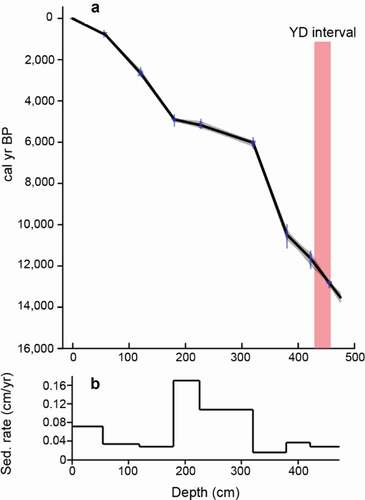
Figure 5. Pollen percentage and influx rates during the late Pleistocene. Mean grain size, magnetic susceptibility, percentage organics, C/N, δ13C, pollen zones, and CONISS cluster diagram are to the right of both pollen percentage and influx rates. The YD interval (Rasmussen et al. Citation2006) is bounded by red lines based on the 14C age model (see )
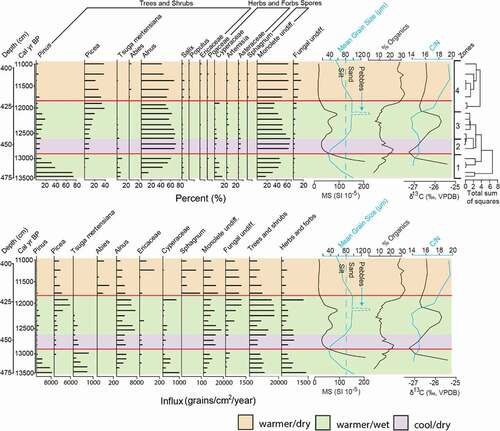
Figure 6. An interpretation of vegetation changes based on data from at distinct time intervals leading up to and during the YD chronozone

